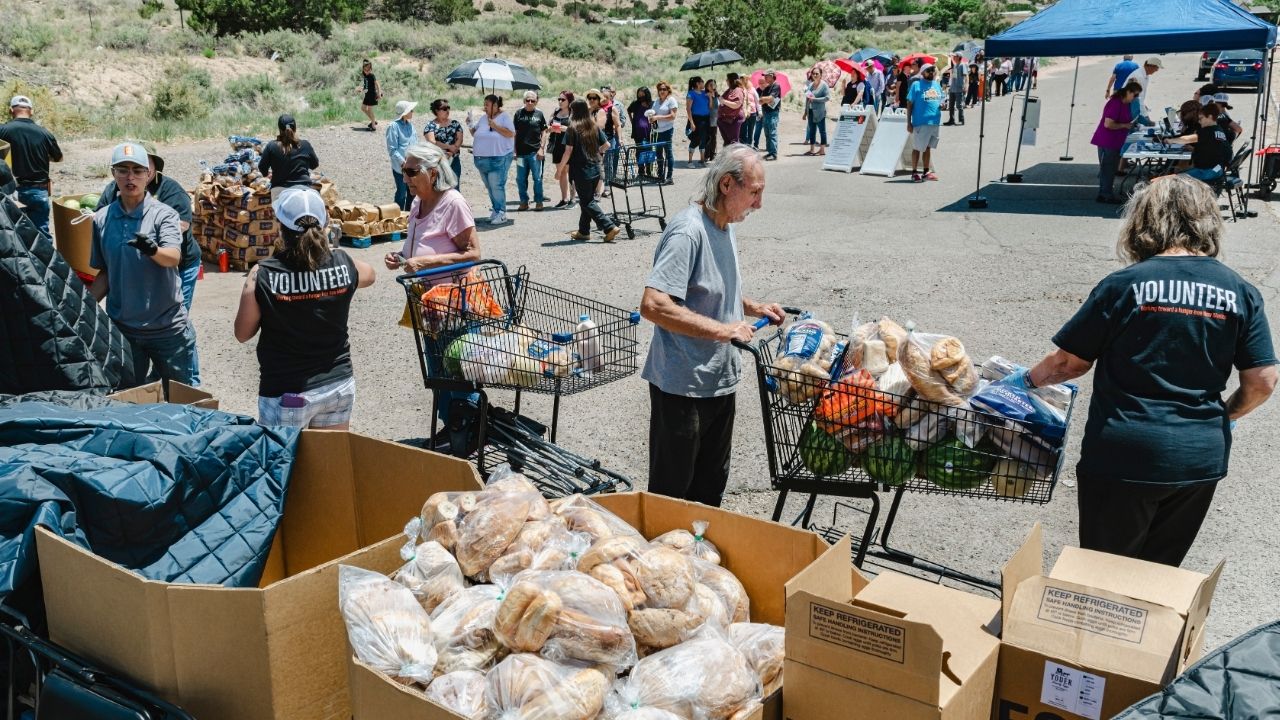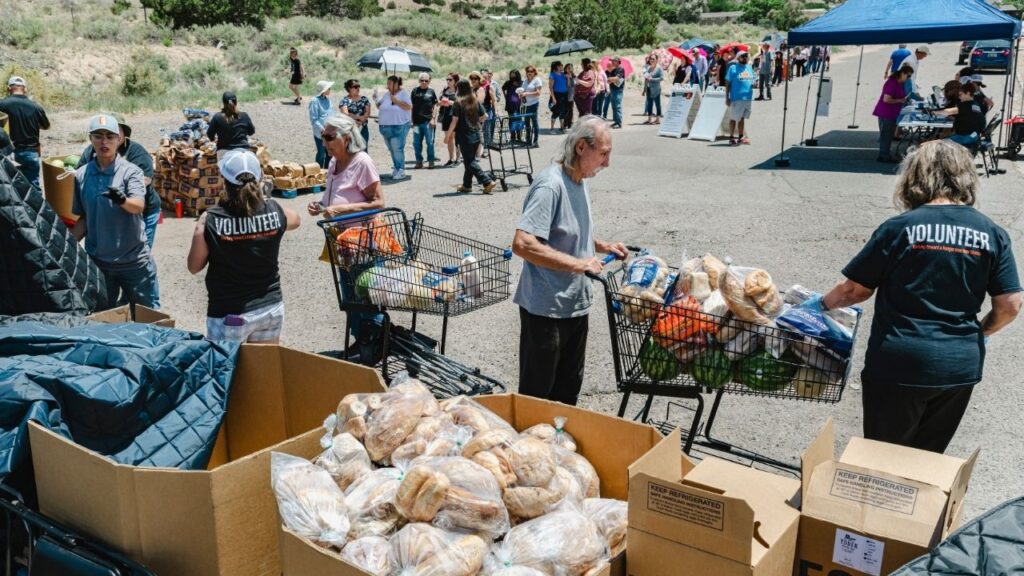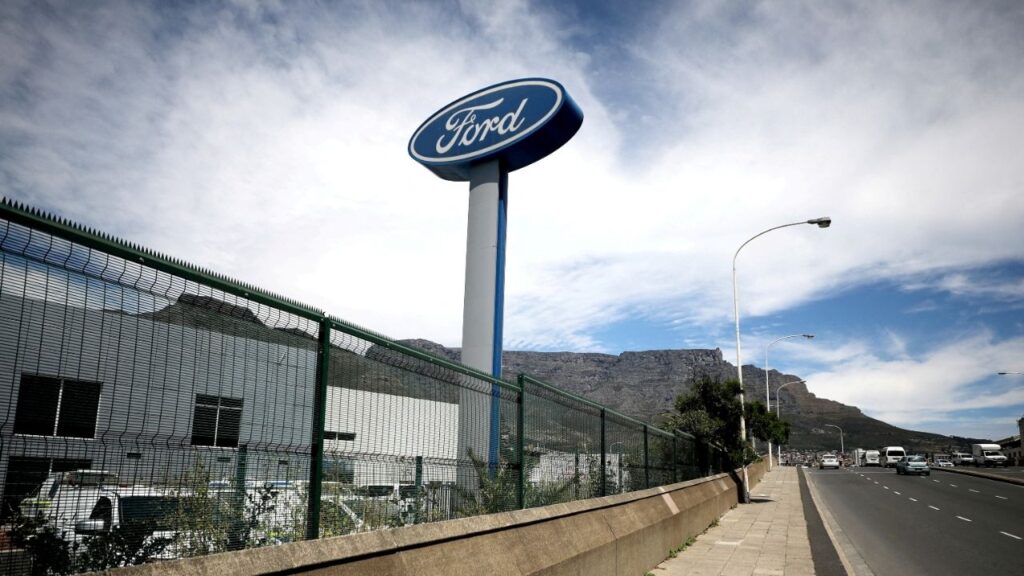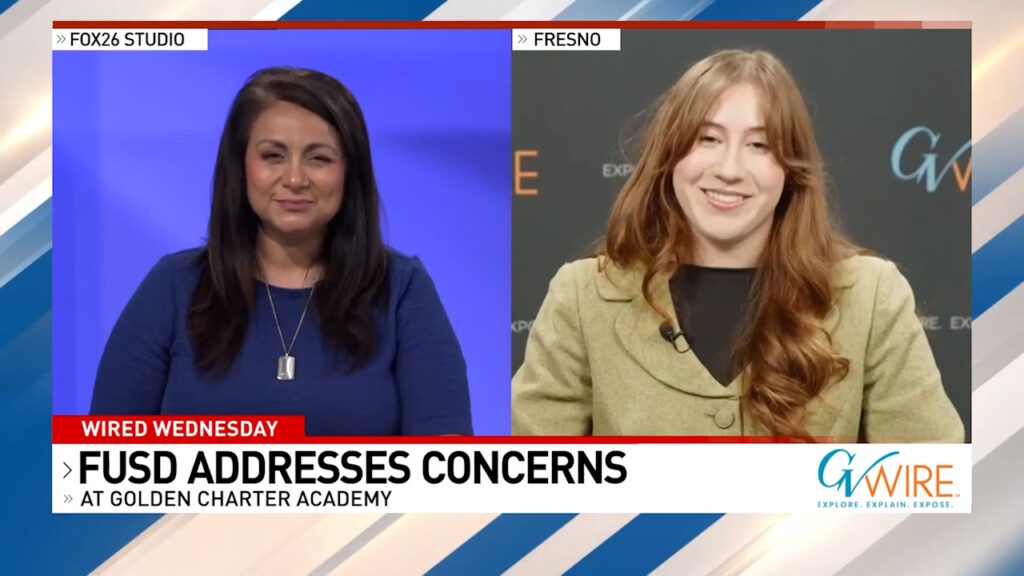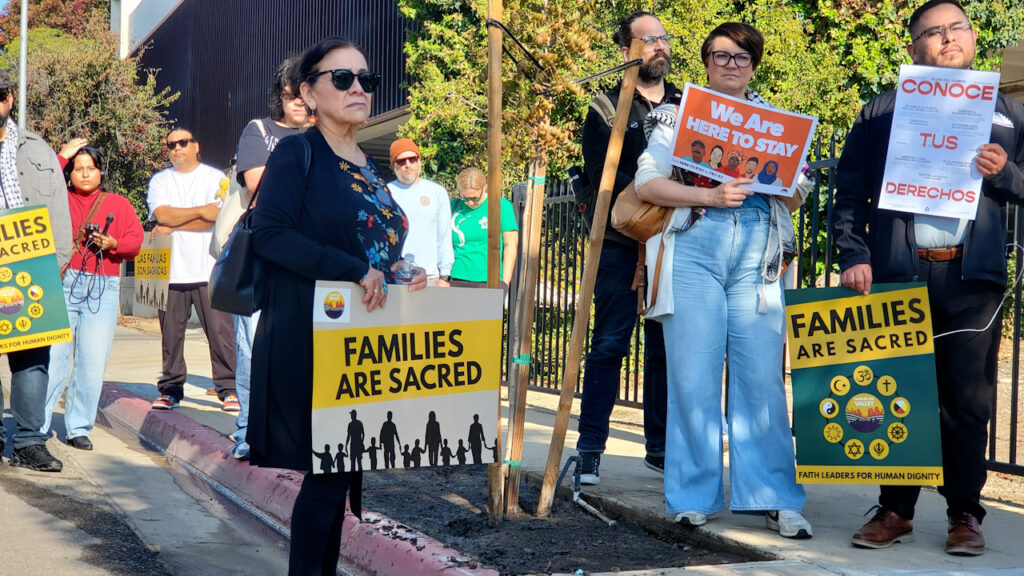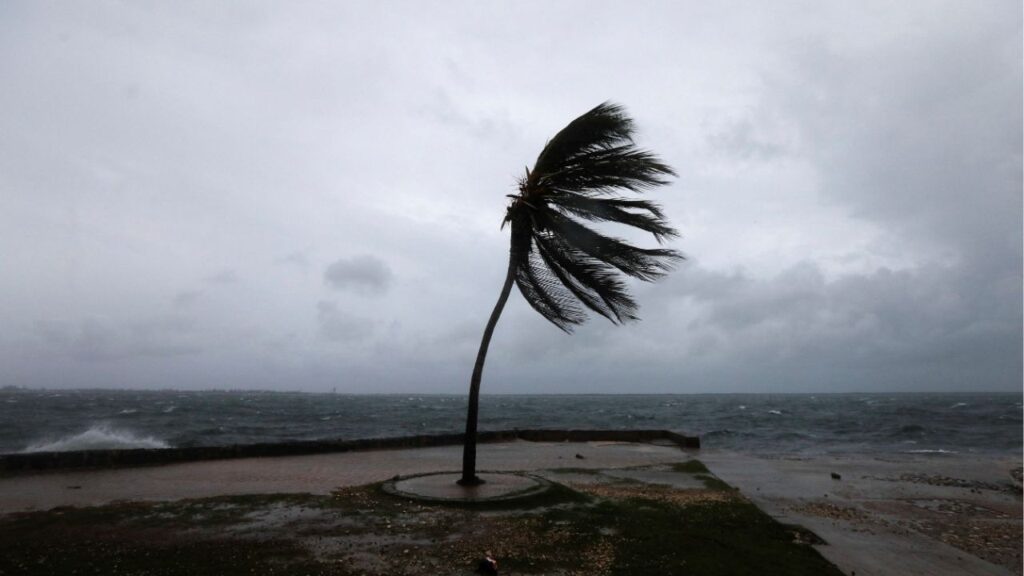Staff and volunteers from The Food Depot distribute free provisions to needy families in Pojoaque, N.M., a rural community outside Santa Fe, on June 3, 2025. The federal Supplemental Nutritional Assistance Program will run out of money on Nov. 1. Some governors are shifting state money to cover part of the shortfall, bolster food pantries or both. (Meridith Kohut/The New York Times)
Share
|
Getting your Trinity Audio player ready...
|
With the federal government shut down and the Trump administration refusing to tap reserve funds, 42 million low-income Americans are expected to lose access on Saturday to food assistance through the Supplemental Nutritional Assistance Program, or SNAP.
More than two dozen states led by Democratic governors and attorneys general have sued the administration, saying the cutoff of funding to the program, which provides around $187 a month to about 1 out of every 8 people in the United States, is unnecessary and illegal.
The states have asked a federal judge to force the Agriculture Department to use billions of dollars in federal emergency funds to provide at least partial payments to enrollees in the program. Whether that will happen remains to be seen.
Here are some of the ways that states have been preparing for looming SNAP shutdown:
Emergency Funds
More than a dozen states — most of them run by Democrats — will be using their own funds to temporarily fill the gap, primarily by working with food banks.
California is releasing $80 million to bolster food banks in the state. Connecticut is allocating $3 million for that purpose, and Minnesota $4 million.
On Thursday, Illinois set aside $20 million — $10 million from a new emergency reserve fund and $10 million from the state’s Department of Human Services — for seven food banks.
In Hawaii, Gov. Josh Green, a Democrat, is diverting a $100 million surplus from the federal Temporary Assistance for Needy Families program to help families with children pay their housing and utility bills, freeing up money in the family budget to be spent on food instead. About one-third of Hawaiians who receive SNAP benefits are in families with children.
And in Vermont, the state’s Republican governor, Phil Scott, and the Democratic-controlled legislature announced Wednesday that the state would spend $6.3 million to fully fund SNAP benefits for two weeks. The state also approved sending $250,000 to the Vermont Foodbank.
North Dakota, a Republican-run state, is redirecting $1.5 million in state funds; $915,000 of it will go to the Great Plains Food Bank, and $600,000 will go to the Women, Infants and Children nutrition program.
Missouri, also controlled by Republicans, is using a targeted approach. On Wednesday, Gov. Mike Kehoe authorized shifting $10.6 million from a senior services fund to a statewide network of nonprofit groups that would provide meals to seniors. Kehoe has also set aside $5 million in federal welfare funds for food banks.
Some governors, however, have pointedly said that they won’t use state funds to replace missing federal food aid, at a time when states are contending with a slowing economy, sweeping federal spending cuts and swirling uncertainties stemming from the president’s trade and immigration policies.
Gov. Wes Moore of Maryland, a Democrat, stressed that SNAP was a federal program, and said that his state did not have the capacity to cover its cost. He also expressed doubt that his state would ever be reimbursed if it were to try.
Emergency Declarations
On Thursday, Gov. Kathy Hochul of New York, a Democrat, became the latest state chief executive to declare a state of emergency as a mechanism to unlock more money for food assistance. Her commitment of $65 million means that the state has now authorized a total of $106 million in new funding for food banks and meal programs. The nonpartisan Fiscal Policy Institute said that sum — even if it were being allocated efficiently to needy households, and not through food banks — would only cover six days’ worth of food.
Gov. Glenn Youngkin of Virginia, a Republican, set the pace last week with his emergency declaration over SNAP funding, and said the state would use some of its budget surplus to create a new program, Virginia Emergency Nutrition Assistance, at a cost of $37.5 million a week.
Gov. Daniel McKee of Rhode Island, a Democrat, declared a state of emergency on Tuesday as a way of shifting $6 million from Temporary Assistance for Needy Families to families with children that are eligible for food stamps. Another $200,000 would go to the Rhode Island Community Food Bank.
In New Mexico, Gov. Michelle Lujan Grisham, a Democrat, told reporters at an Albuquerque supermarket on Wednesday that her state would take similar steps.
About 460,000 New Mexicans — about 21% of the population, the highest rate in the country — have been receiving SNAP benefits. The state plans to load a total of $30 million in state health funds — which are separate from SNAP — onto SNAP recipients’ Electronic Benefits Transfer cards. That would mean that each recipient would be expected to receive about 30% of their usual food benefit in November.
Louisiana took a slightly different approach. First, Gov. Jeff Landry, a Republican, declared a state of emergency Oct. 24.
Then on Wednesday, Landry said that the state would use $147 million from its health department’s funds to pay for temporary food benefits in November for children, older residents and people with disabilities. Louisiana legislators expect the federal government to replenish the health funds when the shutdown ends — though that’s not guaranteed.
In Nevada, Gov. Joe Lombardo, a Republican, has authorized sending $38.8 million in state funds to food banks. But he has declined to declare a fiscal emergency, a step that would enable the state to access a reserve fund. Democratic legislators, who control both chambers of the state Legislature, have criticized his unwillingness to tap the reserve fund.
Gov. Sarah Huckabee Sanders of Arkansas, a Republican, said in an interview that her state would not be able either to set up a substitute food aid program or to call lawmakers in for a special session on the matter.
“Logistically, setting up a parallel food stamp program will be really difficult, given that the federal system is shut down,” she said. Even so, she said, “we’ll continue to look at every option we have to take care of people in our state.”
Guard Deployments
Some governors are dispatching National Guard troops or state volunteers to support distribution at food banks, which are expected to be overwhelmed with demand.
In California, Gov. Gavin Newsom, a Democrat, has authorized the National Guard and California Volunteers, the state’s humanitarian aid agency, to support food banks, much the way they did during the height of the pandemic. About 30 National Guard troops were on hand at the Los Angeles Regional Food Bank last week to help pack meals and sort produce.
Gov. Henry McMaster of South Carolina, a Republican, has asked the State Guard, a volunteer organization that is separate from the South Carolina National Guard, to help food pantries with distribution, traffic and other functions.
Private Appeals
South Carolina is also one of a number of states that are encouraging more private donations to food banks. McMaster has activated the One SC Fund, which functions as South Carolina’s coordinated philanthropic response to disasters. It was established in 2015 after Hurricane Joaquin, and has been activated following Hurricanes Matthew, Florence and Helene, as well as during the pandemic.
Colorado has launched a new philanthropic initiative urging individuals and businesses to help with food assistance through Feeding Colorado, an association of five food banks in the state. The state has posted an interactive map to highlight where SNAP recipients live.
Gov. Jared Polis, a Democrat, has also asked the legislature to approve spending up to $10 million to support food pantries.
Iowa is trying something else. Gov. Kim Reynolds, a Republican, has pledged to use state funds from the Iowa Department of Health and Human Services to match private donations to Iowa’s six regional food banks, up to $1 million. She has also asked the Iowa National Guard to be available to help with food distribution, as it did during the pandemic.
—
This article originally appeared in The New York Times.
By David W. Chen/Meredith Kohut
c. 2025 The New York Times Company
RELATED TOPICS:
Categories
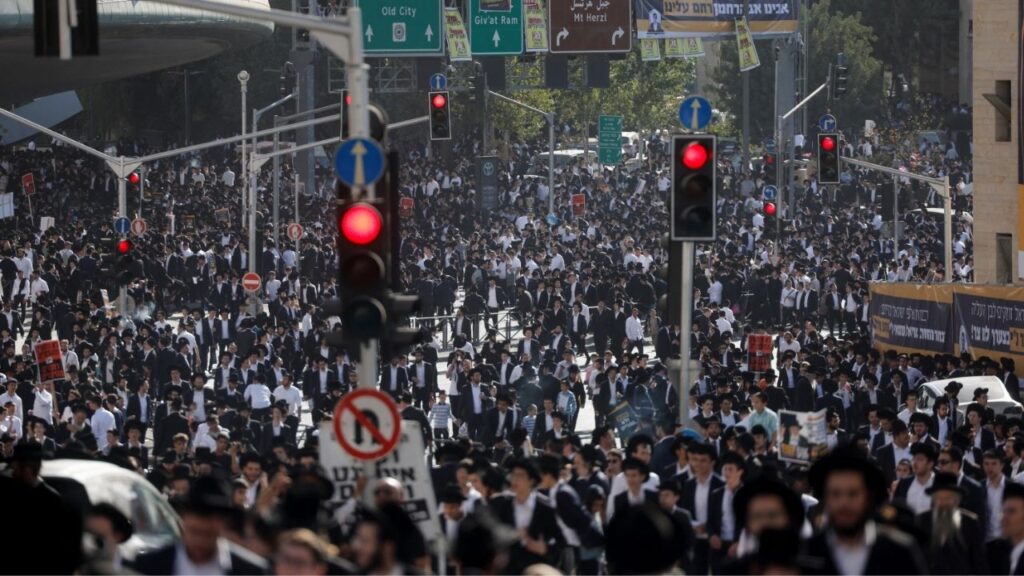
Teenager Dies During Ultra-Orthodox Protest in Jerusalem




